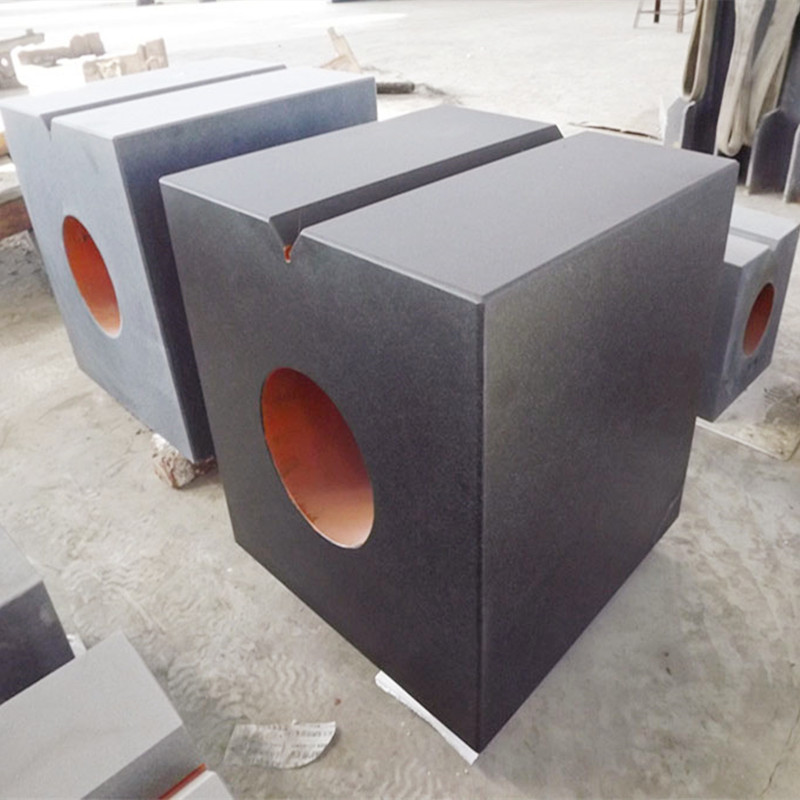сеп . 19, 2024 06:14 Back to list
liquid check valve
Understanding Liquid Check Valves A Comprehensive Overview
Liquid check valves play a crucial role in various fluid management systems, ensuring the efficient flow of liquids while preventing backflow. These essential components are widely used in industrial, commercial, and residential applications, making them an indispensable part of fluid mechanics.
A liquid check valve is essentially a one-way valve designed to allow fluid to flow in only one direction. This function is vital in maintaining system pressure and preventing contamination, as backflow can lead to system failures and negative consequences. With a diverse range of designs, materials, and sizes, liquid check valves can cater to specific requirements based on the application.
How Liquid Check Valves Work
The operation of a liquid check valve is straightforward yet effective. As liquid flows in the desired direction, it pushes against a movable disc or ball within the valve. This movement opens the valve, allowing the flow to continue. Conversely, if an attempt is made to reverse the flow, the disc or ball is forced against a seat, closing the valve and preventing any backflow. This simple mechanism ensures that the integrity of the system is maintained, and the risk of contamination is minimized.
Types of Liquid Check Valves
There are several types of liquid check valves, each suited for particular applications
1. Swing Check Valve This type features a hinged disc that swings open with forward flow, and swings shut when flow reverses. It is commonly used in large pipe systems.
2. Ball Check Valve This design utilizes a ball that sits on a seat to allow flow in one direction. When flow attempts to reverse, the ball is forced against the seat, sealing the valve.
3. Lift Check Valve In this design, the disc moves vertically within the valve body. This type is often used in high-pressure applications.
liquid check valve

4. Diaphragm Check Valve This valve uses a flexible diaphragm that opens for forward flow and closes for backflow, providing a tight seal.
Applications of Liquid Check Valves
Liquid check valves are used in various sectors, including
- Water and Wastewater Treatment To prevent backflow in water supply systems and sewage treatment plants. - Oil and Gas Ensuring one-way flow in pipelines and preventing contamination during fluid transfers. - HVAC Systems Maintaining proper flow in heating and cooling systems. - Food and Beverage Industry Ensuring hygiene by preventing contamination in liquid food processing and beverage bottling.
Selection Criteria
When selecting a liquid check valve, several factors must be considered
- Fluid Type The material of the valve must be compatible with the liquid being transported. - Pressure and Temperature The valve must be able to withstand the maximum pressure and temperature of the system. - Flow Rate Valves should be sized appropriately to handle the required flow rate without causing excessive pressure drop.
Conclusion
In summary, liquid check valves are a critical component in fluid management systems, providing reliable protection against backflow while facilitating efficient flow in a multitude of applications. By understanding their functioning, types, and applications, engineers can make informed decisions when selecting the right valve, ensuring system efficiency and integrity. As technology advances and industries evolve, the importance of these valves in maintaining fluid integrity continues to grow, underscoring their role in modern engineering solutions.
-
Storaen joins hands with a famous university to open a new chapter of innovation through industry-university-research cooperation.NewsApr.14,2025
-
The World of Levels: Your Ultimate Guide to Precision ToolsNewsApr.14,2025
-
The Ultimate Guide to Using a Spirit LevelNewsApr.14,2025
-
The Perfect Welded Steel Workbench for Your NeedsNewsApr.14,2025
-
The Best Measuring Tools for SaleNewsApr.14,2025
-
The Benefits of Slow Closing Check ValvesNewsApr.14,2025
Related PRODUCTS









